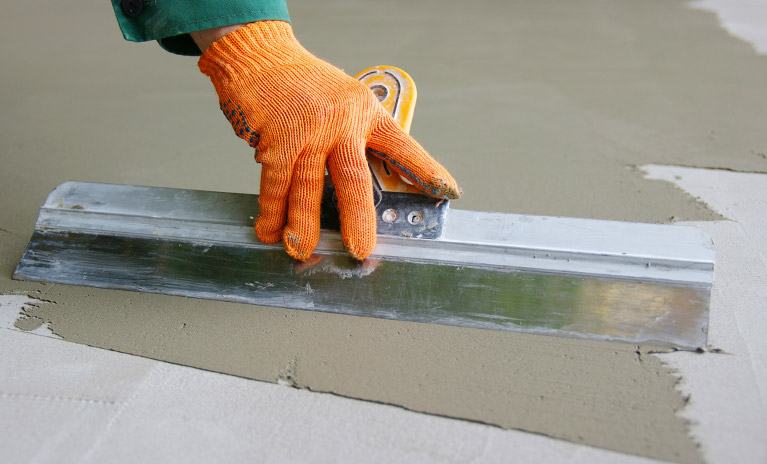Flexible Cementitious
Flexible cementitious waterproofing is often used in roof top and balcony waterproofing. This is because heat from the sun may cause the flooring to stretch, in which the floor will crack. Hence, flexible cementitious waterproofing is an option because the cements are flexible and will stretch. With the right application, this is also one of the most durable and functional waterproofing system.
Basically, cement based waterproofing is simple – it fills the holes and pores in the structure. Besides that, flexible cementitious allows room to expand due to heat, hence avoiding crack on normal cement. This is also one of the cheapest waterproofing techniques available.

Flexible cementitious waterproofing is popular in these structures:
- Water Treatment Plants
- Sewage Treatment Plants
- Bridges
- Dams
- Railway & Subway Systems
- Marine Cargo Ports & Docks
- River Locks/Channels & Concrete Dykes
- Parking Structures & Lots
- Tunnels
How Flexible Cementitious Waterproofing is Applied
Before applying cementitious systems, all surfaces and substances must be free of dirt and dust. In addition, some contractors even prefers to sand blast and acid-etch the surface for a stronger bond .
We will monitor the cementitious system to prevent water leakage at weak points where cracks tend to develop. This is crucial to avoid any roof leak and cracks as well as creating bubbles in the surface.
Conclusion
We often pre-mix cementitious materials with sand and cement in a pail, and seal it with water. It also adds with chemicals in separate containers for strengthening the mixture.
Contractors often apply three coats of these pre mixtures. The initial coat is meant to act as a reinforcement of base with acrylic coating. Next, the second coats are normally chemical materials to seal the surface. Lastly, the third base as a protection, for exposed surfaces.
The process of curing and hydration is essential in this technique to allow the surface to harden. We need to wait for the waterproofing liquid to dry off and harden to ensure a strong waterproofing layer.
Do read more about angle fillet issue and rainwater outlet issue in waterproofing. These are the most common issues in waterproofing, which you need to be aware and prevent. In addition, check out our project gallery pictures to know more about our projects and our experience.

